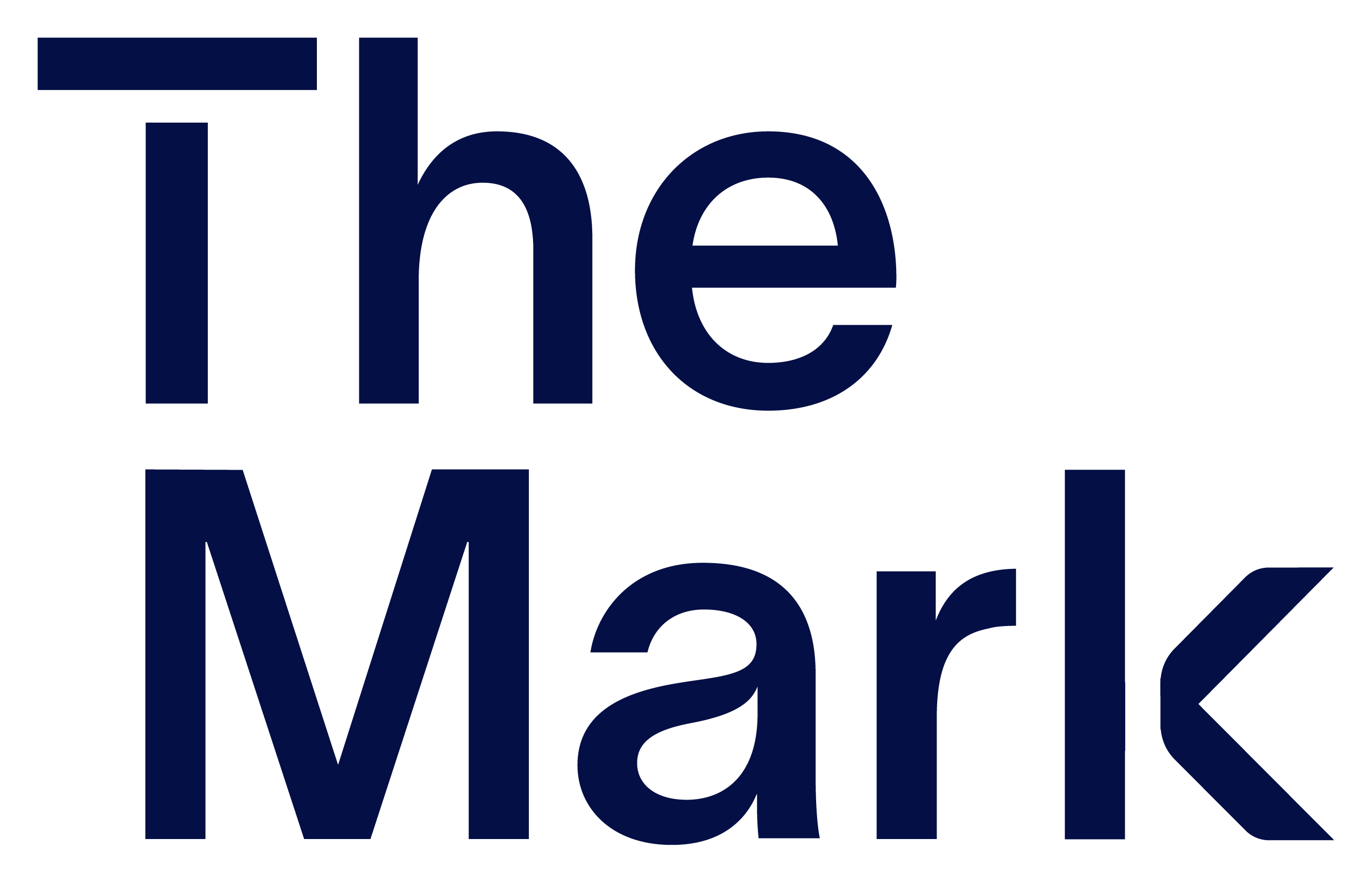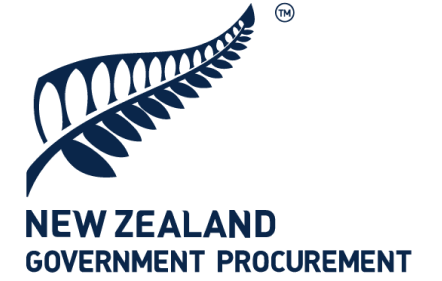Menu


The product life cycle splits your market cycle into key stages, from introduction to maturity. It’s used primarily to make marketing decisions, as your business moves through each phase of the cycle you should be thinking about how that stage impacts your marketing - strategically and tactically.
By using this model, you can make informed marketing decisions, and continue your growth cycle. Your stage informs the decision that you make, for example deciding whether to continue with a market penetration strategy or look at new markets.
This model allows you to be proactive, across your messaging, your branding and your tactics and maintain your appeal over time, rather than running out of steam.
Phase 1: Introduction
The handshake stage. This is where you are entering the market and building awareness of your product.
Generally, this will involve a high investment in marketing and advertising to build awareness and get engagement. Costs are higher in this stage as you are developing your brand, and at times, competing against existing brands that are in a different cycle stage.
In this stage, you should have defined your marketing and have tactics that reach your desired audience. This stage is great for learning - A/B testing, discovering what channels and tactics work, what audiences respond, and importantly, what doesn’t work.
Phase 2: Growth
This is where people have adopted your product. The most obvious signs are that production increases, sales are consistent and suddenly you are seeing increased demand in your product or services.
When you notice this, it’s time to shift gears in your marketing. This is where you need to think about your positioning so that you stand out to the right people.
It’s here that you think about your brand and it’s identity, fine tuning those messages and tweaking them to fit your audiences. You can start thinking about loyalty here, and how you build it through the next stages, and prevent the decline.
It’s also here that you look at new channels, and invest in these, to maintain the upwards curve. You can also look at developing your product or expanding your services.
Phase 3: Maturity
This is the most profitable stage. Where your marketing and production likely cost less, but, competition is generally higher. When sitting in this stage, you need to be thinking about how to prevent the next stage, market decline.
Here is the time to start research - get feedback from your audience and understand their needs and exactly who they are. Find out what they want to see, and what you can do better in order to stay on top. It’s also the stage where you need to decide whether to invest in product development or diversifying your markets, or both.
Depending on what you decide, this will alter your existing marketing strategy as you either launch a new product (going back to the introduction stage) or you enter a new market (again, introducing yourself).
At this stage the Ansoff Matrix can be an excellent tool for decision making and informing your marketing decision.

This matrix can be used in tandem with the product development life cycle. To use this, look at each quadrant and note the strategies that you can use in each, review the internal and internal risk factors and then weigh up the options to plan your approach.
Phase 4: Decline
The decline phase is when you’ve lost your competitive advantage and are losing market share in a saturated market.
If you’re in this stage, it’s time to start thinking, and move now, before there's no return. Look at your brand, look at any loyalty that you’ve built up, and analyse your competition. Where is the room for you to grow? How can you differentiate?
If you are in this stage, we’d recommend looking at:
Product Life Cycle and your marketing
The product life cycle allows you to quickly understand what stage your business is in,and in turn, make informed, strategic marketing decisions.
It’s a valuable tool for deciding whether to push on, navigate an entrance to new markets, or to pull back, and focus on product developments.
Whatever stage your company is in, we can help you. Speak to our team today about your strategic marketing objectives.

